Kimonos and Harvest Festivals
Giving Thanks to Nature in Kyoto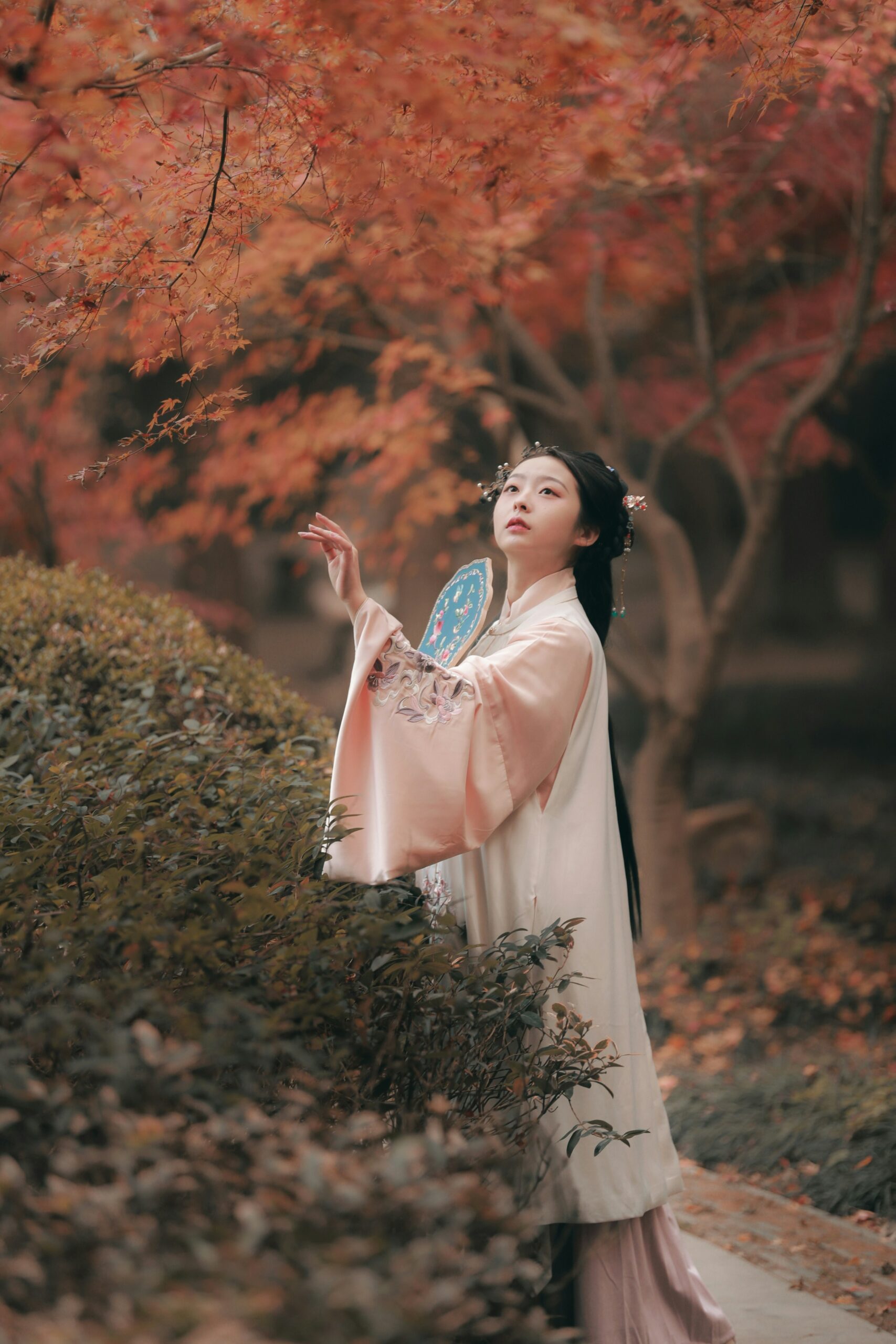
Kyoto is often described as the cultural heart of Japan, and for good reason. This ancient capital has preserved traditions that date back centuries, offering a glimpse into rituals that honor both the cycles of nature and the beauty of human craftsmanship. Among the many seasonal events in Kyoto, harvest festivals hold a special place. They are not only moments of gratitude to nature but also occasions where the kimono, Japan’s iconic garment, takes center stage in vibrant displays of color and symbolism.
In this article, we will explore:
- The cultural and spiritual meaning of harvest festivals in Kyoto.
- The role of kimonos in these seasonal celebrations.
- How locals and visitors can experience these events authentically.
- Where to enjoy kimono photography in Kyoto to capture the essence of tradition.
👉 If you want to truly live this experience, consider booking a kimono photography session in Kyoto at AllPhotos Kyoto.
- 🌾 The Cultural Significance of Harvest Festivals in Kyoto
- 👘 The Kimono: A Symbol of Tradition in Every Season
- 🍂 Famous Harvest Festivals in Kyoto
- 📸 Experiencing Kyoto in Kimono: A Visitor’s Guide
- 🌍 Why Harvest Festivals in Kyoto Attract Global Attention
- 💡 Tips for Visitors Attending a Harvest Festival in Kyoto
- 🌸 Conclusion: Gratitude, Tradition, and Beauty in Kyoto
🌾 The Cultural Significance of Harvest Festivals in Kyoto
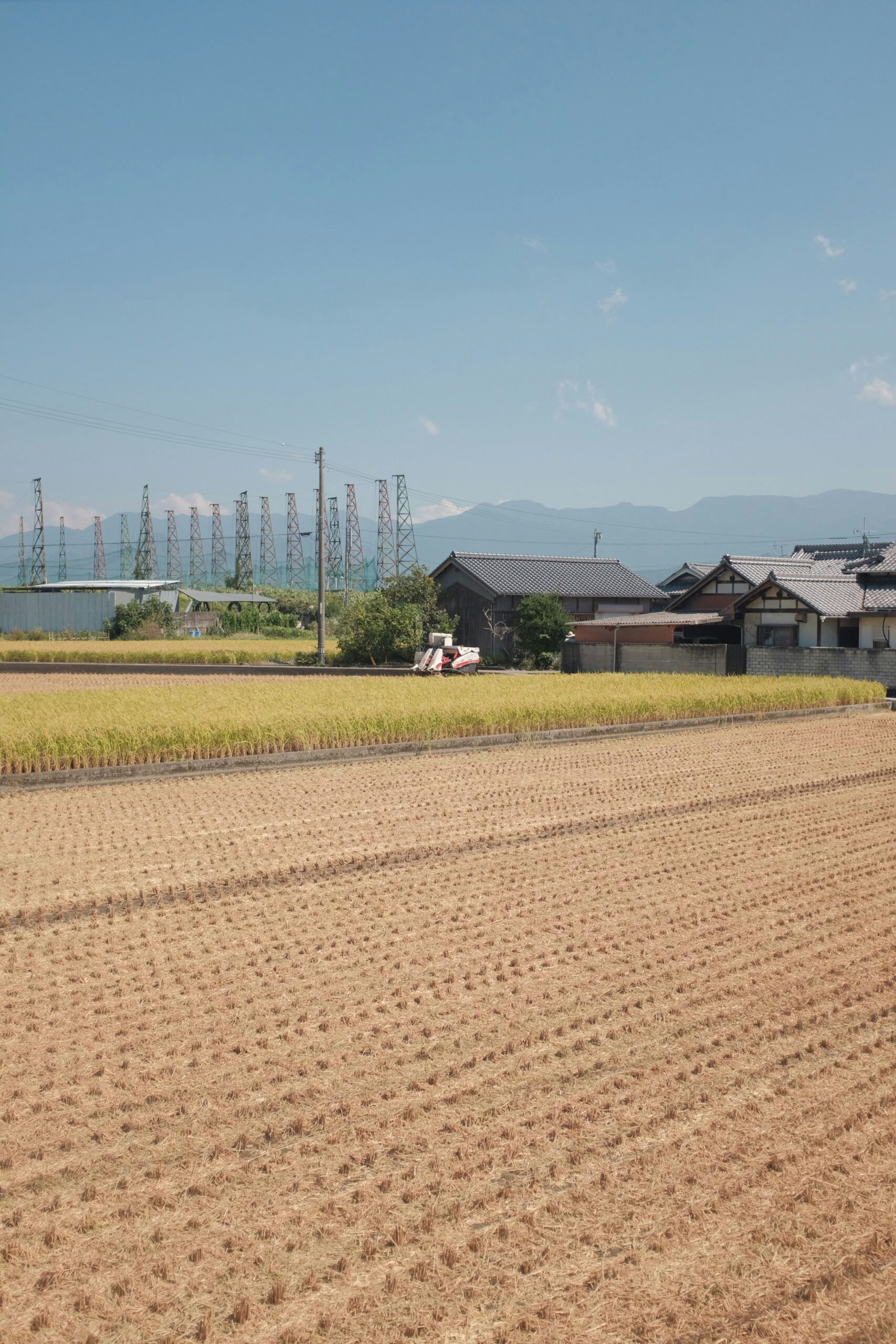
Japan has long held a deep respect for the natural world, and nowhere is this more evident than in its seasonal festivals. In autumn, the people of Kyoto celebrate harvest festivals to give thanks for the year’s bounty.
Shinto Roots of Harvest Rituals
Many harvest festivals are rooted in Shinto practices, where rice—the staple of Japanese life—symbolizes prosperity and life itself. Offerings of rice, sake, and seasonal produce are made to local deities (kami) to express gratitude.
Community Bonding
These festivals are also community gatherings. Villagers, families, and friends come together in shrines and temples, wearing traditional attire, enjoying performances, and sharing food. The kimono plays an essential role in these gatherings, reflecting not only personal style but also cultural continuity.
👘 The Kimono: A Symbol of Tradition in Every Season
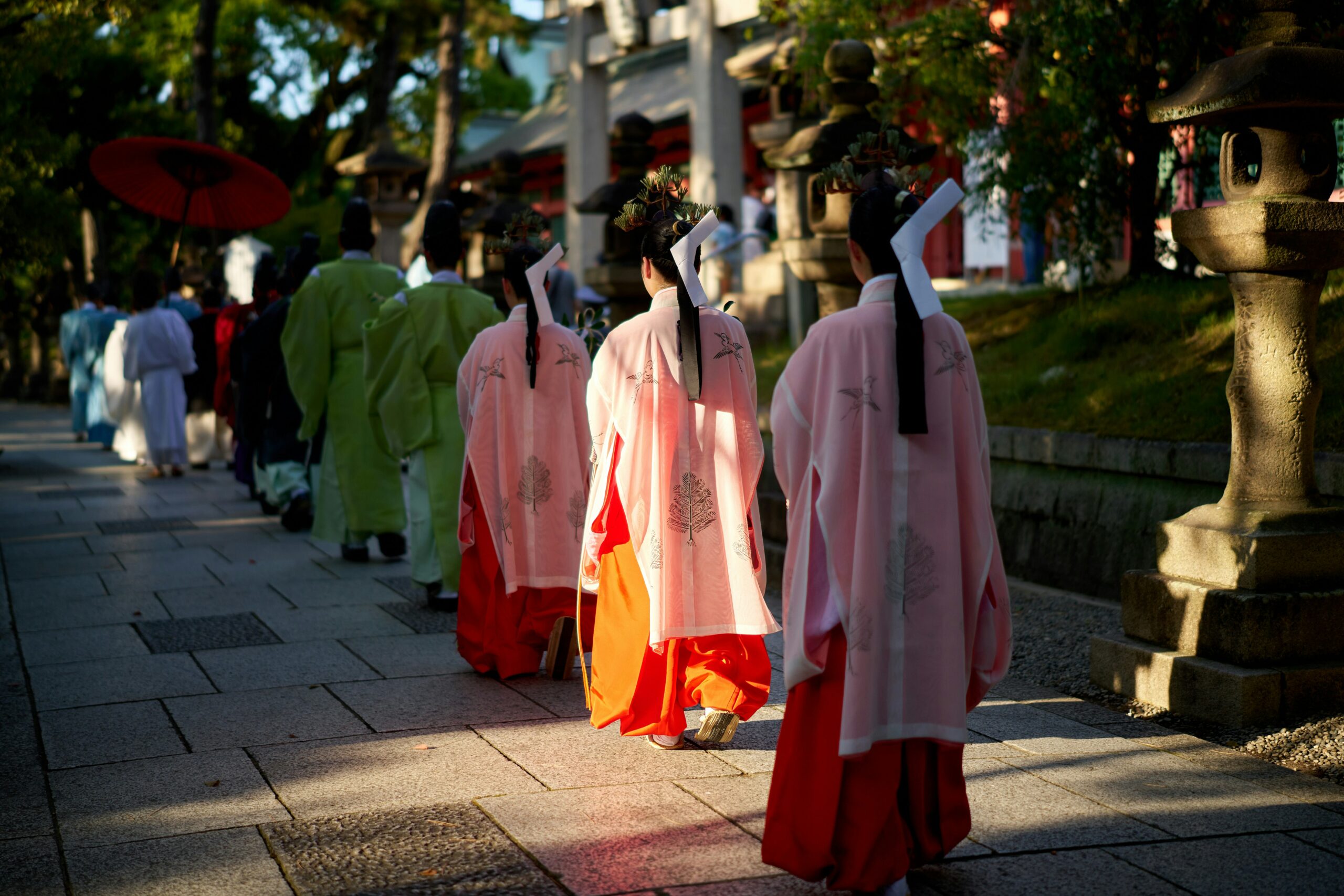
Why Kimonos Are Worn at Festivals
Kimonos are more than just garments; they are living works of art. During harvest festivals, women, men, and even children dress in seasonal designs:
- Autumn motifs like red maple leaves (momiji), chrysanthemums, and rice plants.
- Warm, earthy colors that reflect the season.
- Fabrics ranging from silk to cotton, depending on formality.
The kimono transforms the festival into a visual tapestry, blending nature’s colors with human creativity.
Kimono Etiquette During Festivals
Wearing a kimono is not only about appearance but also about respect. Attendees who dress in kimonos show their appreciation for the cultural and spiritual aspects of the event. Visitors from abroad are encouraged to do the same, either by renting or participating in kimono photography experiences.
👉 For a memorable way to join in, explore kimono rental and photography options at AllPhotos Kyoto.
🍂 Famous Harvest Festivals in Kyoto
Kyoto hosts several harvest-related festivals that attract both locals and international visitors. Here are a few highlights:
1. Niinamesai (新嘗祭) – The Festival of First Fruits
Held at Shinto shrines across Kyoto, Niinamesai is one of the most traditional harvest festivals. Offerings of freshly harvested rice are made to the gods, and priests perform ancient rituals in ceremonial attire.
2. Kurama Fire Festival (鞍馬の火祭り)
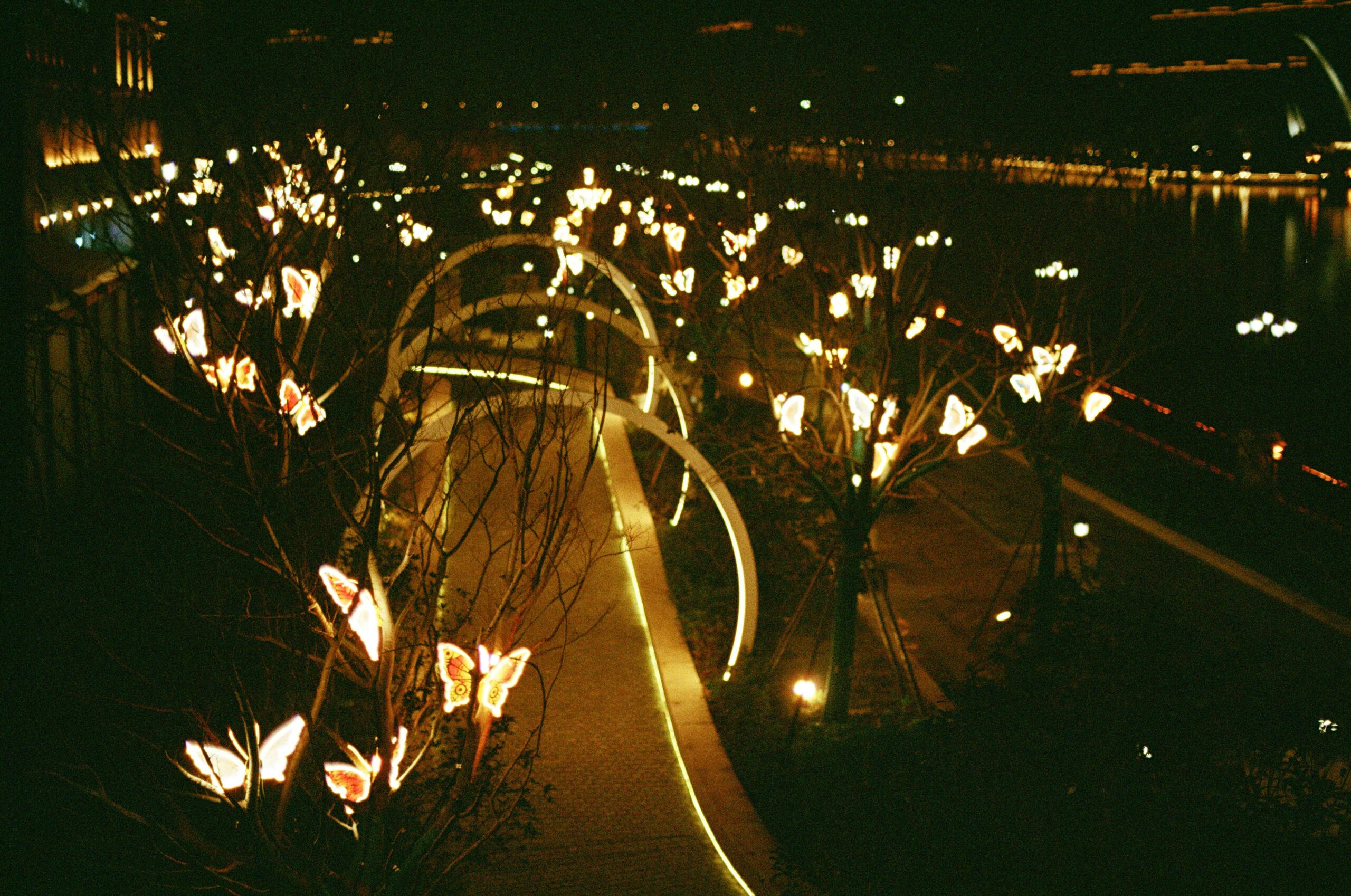
Though not strictly a harvest festival, the Kurama Fire Festival in northern Kyoto symbolizes purification and renewal. Participants in traditional clothing carry massive torches, creating a breathtaking spectacle. Kimonos, especially those with bold autumn motifs, stand out beautifully against the fiery backdrop.
3. Jidai Matsuri (時代祭) – Festival of the Ages
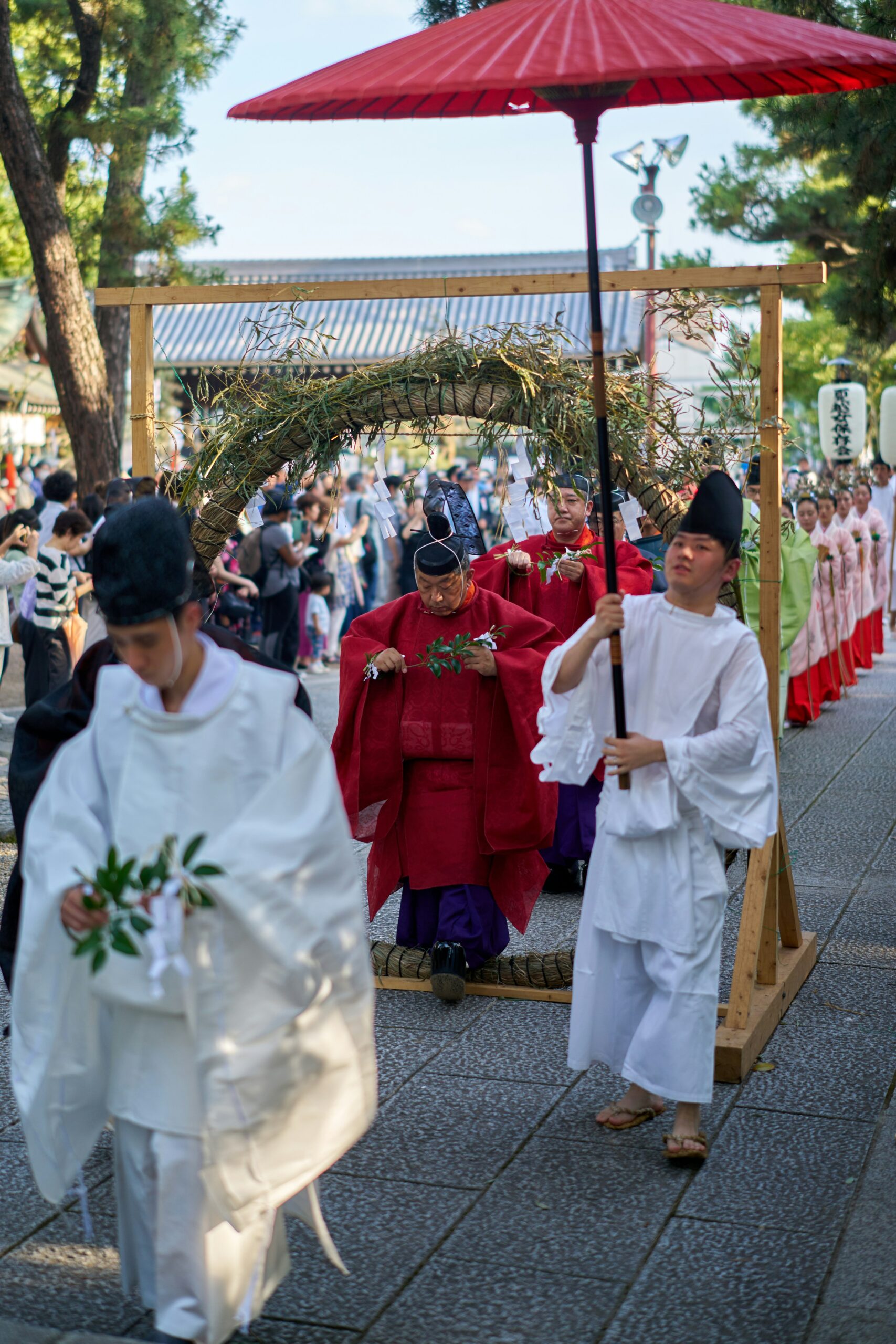
Held every October, this grand parade showcases costumes from every period of Japanese history. Though more historical than agricultural, it coincides with autumn and emphasizes the continuity of Japanese tradition—including kimono artistry.
4. Local Harvest Celebrations in Rural Kyoto
Outside the city center, smaller villages host intimate festivals where locals wear kimonos, enjoy kagura dances, and make rice offerings. These events feel deeply authentic and are perfect for visitors who want to experience the “hidden Kyoto.”
📸 Experiencing Kyoto in Kimono: A Visitor’s Guide
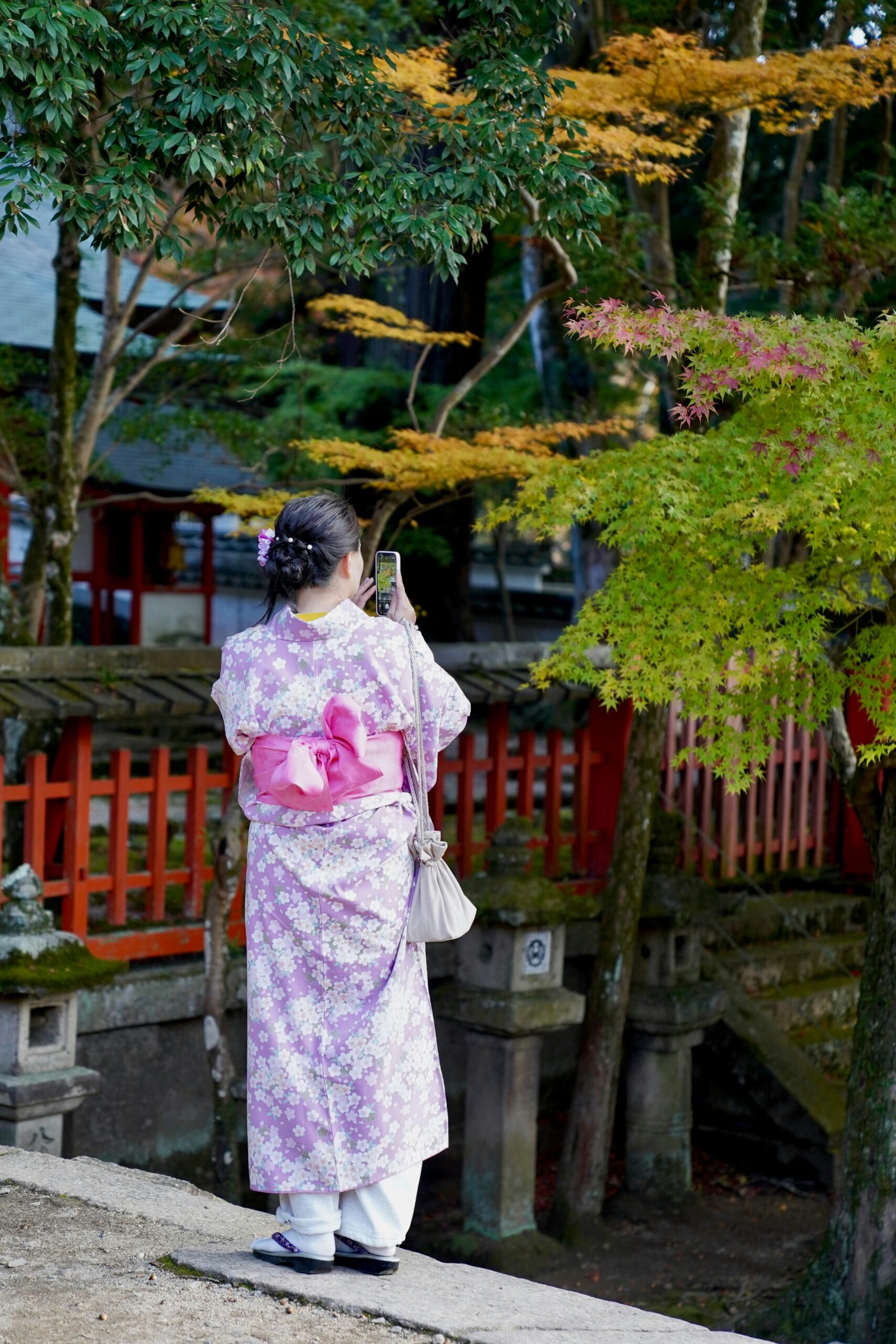
Wearing a kimono during a harvest festival is one of the most immersive ways to connect with Kyoto’s traditions. Here’s how you can make the most of it:
1. Kimono Rental and Photography
Kyoto offers countless kimono rental shops, but for a more personal memory, many visitors choose professional kimono photography services. Photographers guide you to scenic spots like Gion, Yasaka Shrine, or bamboo groves, ensuring your kimono experience is captured against Kyoto’s timeless beauty.
👉 Book your kimono session here: AllPhotos Kyoto
2. Best Locations for Photos in Autumn
- Arashiyama Bamboo Grove: A mystical backdrop, especially in fall.
- Kiyomizu-dera Temple: With panoramic views and autumn leaves.
- Gion District: Cobblestone streets where maiko and geiko once walked.
- Kamigamo Shrine: One of Kyoto’s oldest shrines, tied to agricultural rites.
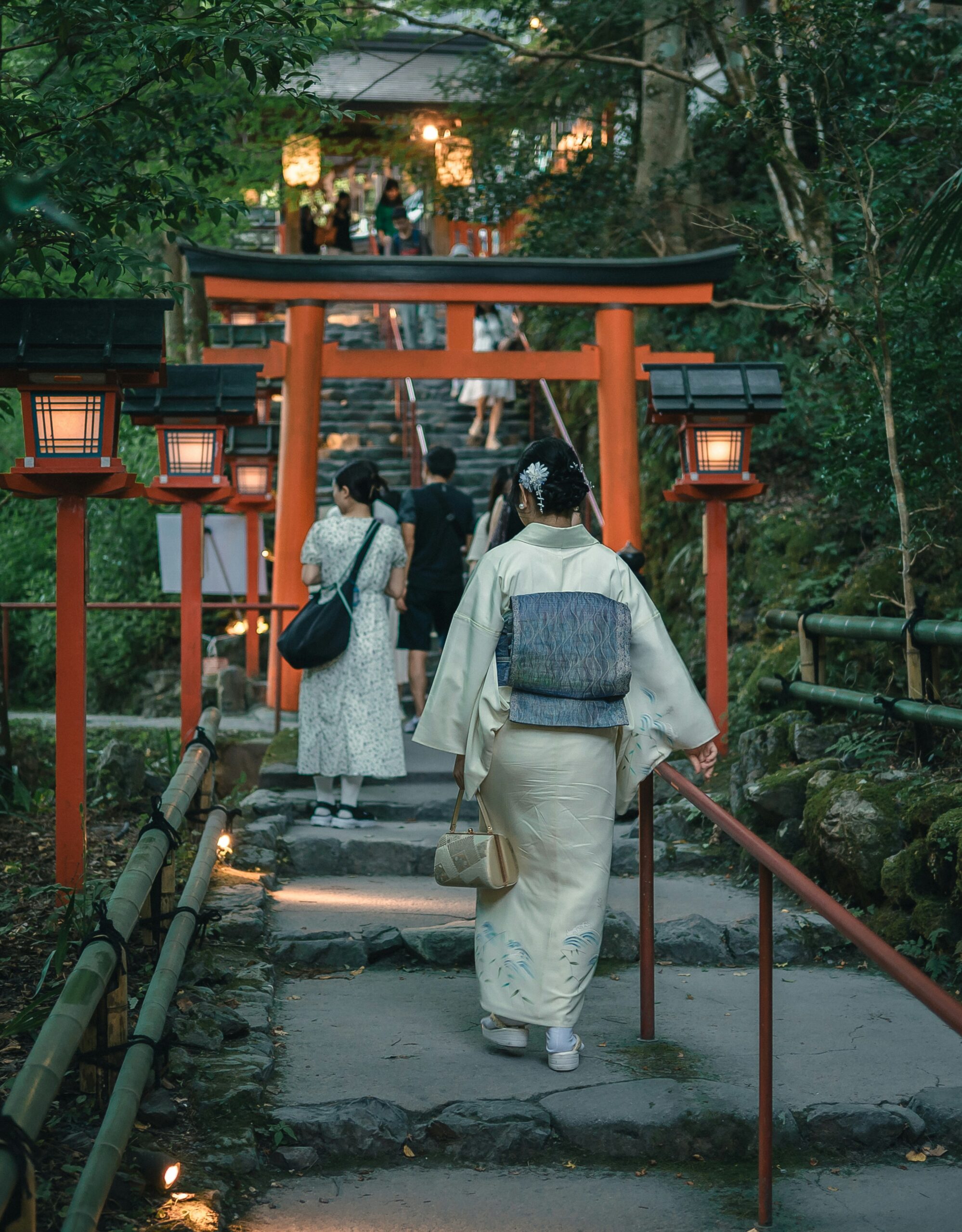
3. Choosing the Right Kimono for the Season
- Women: Autumn kimonos with maple and chrysanthemum motifs.
- Men: Darker tones with subtle patterns, paired with hakama.
- Children: Lighter designs often used for Shichi-Go-San celebrations in November.
🌍 Why Harvest Festivals in Kyoto Attract Global Attention
Kyoto’s harvest festivals are not only local traditions but also international attractions. Travelers from around the world are drawn to these events because they combine spiritual meaning, cultural richness, and aesthetic beauty.
- Cultural Tourism: Tourists appreciate the authenticity of these festivals.
- Photography Appeal: The combination of kimono fashion and autumn landscapes is irresistible for photographers.
- Culinary Delight: Seasonal foods like roasted chestnuts, persimmons, and sweet potatoes make the festivals deliciously memorable.
💡 Tips for Visitors Attending a Harvest Festival in Kyoto
- Plan Ahead: Check festival dates, as they vary each year.
- Dress Respectfully: If you wear a kimono, follow local etiquette (walk gracefully, avoid rushing).
- Respect Rituals: Photography is allowed in many places, but be mindful during shrine rituals.
- Support Local Businesses: Rent kimonos from local shops and enjoy seasonal foods sold at stalls.
- Book Photography Early: Autumn is peak season, so reserve your kimono photoshoot in advance at AllPhotos Kyoto.
🌸 Conclusion: Gratitude, Tradition, and Beauty in Kyoto
Harvest festivals in Kyoto are more than seasonal events—they are a living expression of Japan’s gratitude toward nature. By donning a kimono and participating in these festivals, visitors and locals alike become part of a centuries-old tradition that blends spirituality, community, and artistry.
Whether you attend a grand event like the Jidai Matsuri or a small village celebration, the essence remains the same: thankfulness for the gifts of nature and the joy of sharing them with others.
For those who want to preserve this unique memory, nothing captures the moment better than a kimono photography session in Kyoto.


コメント